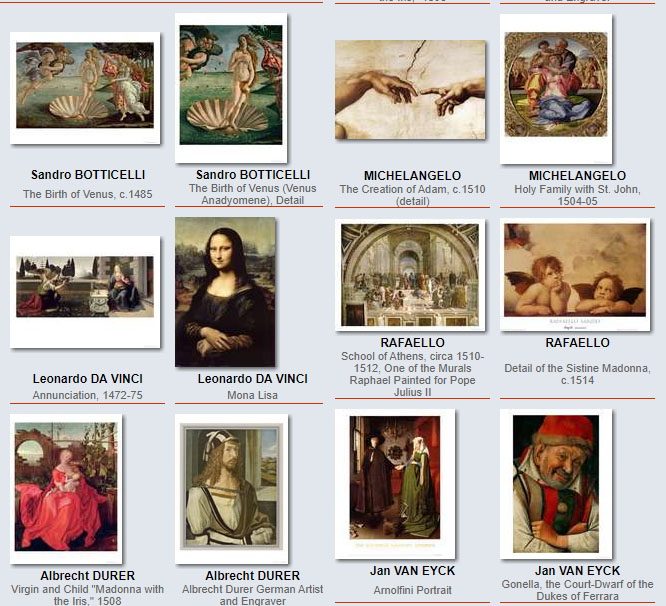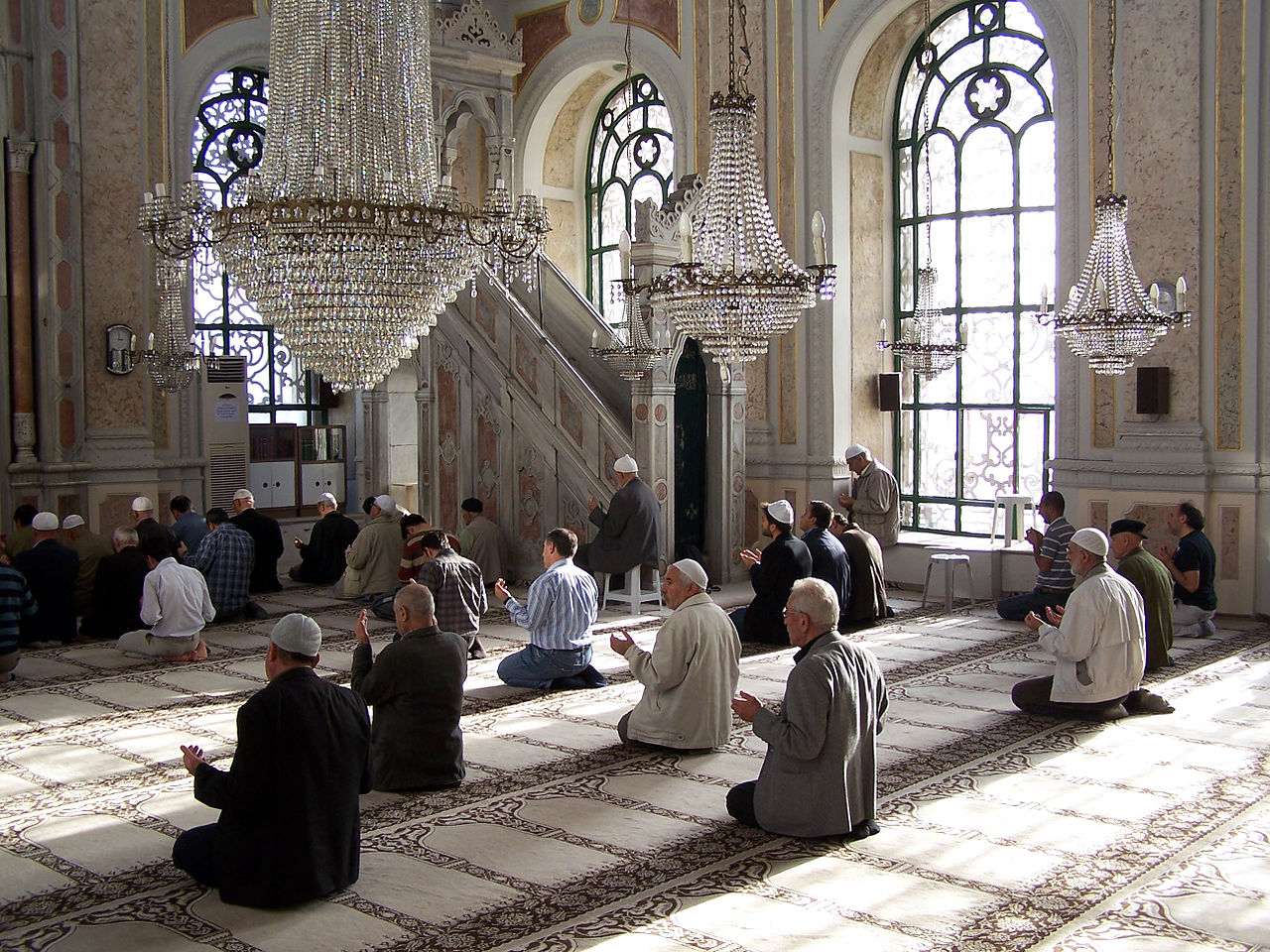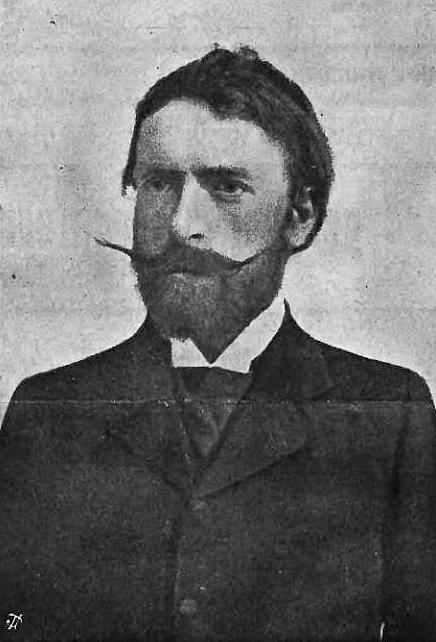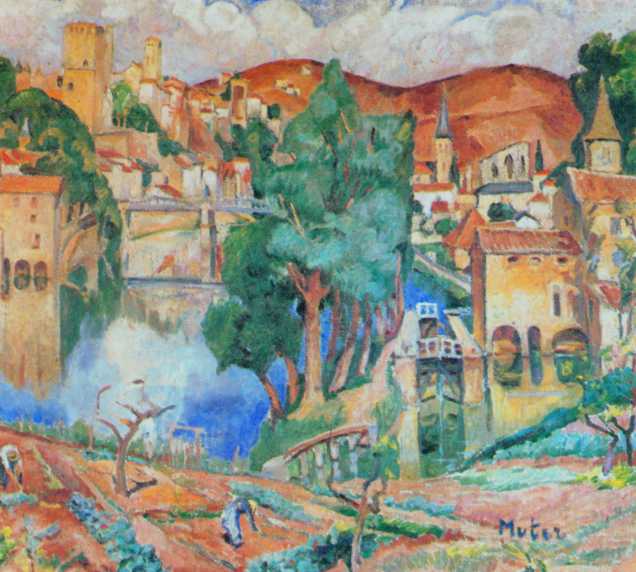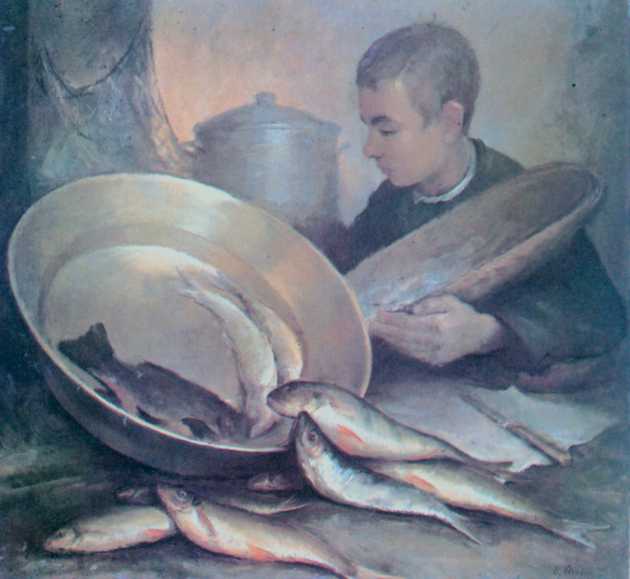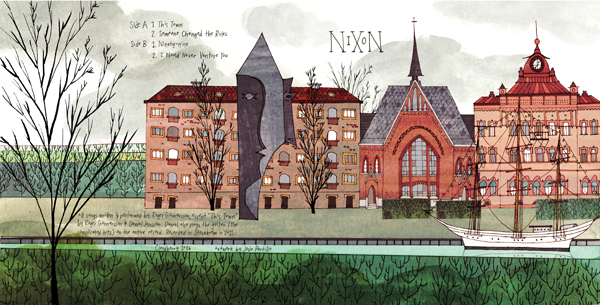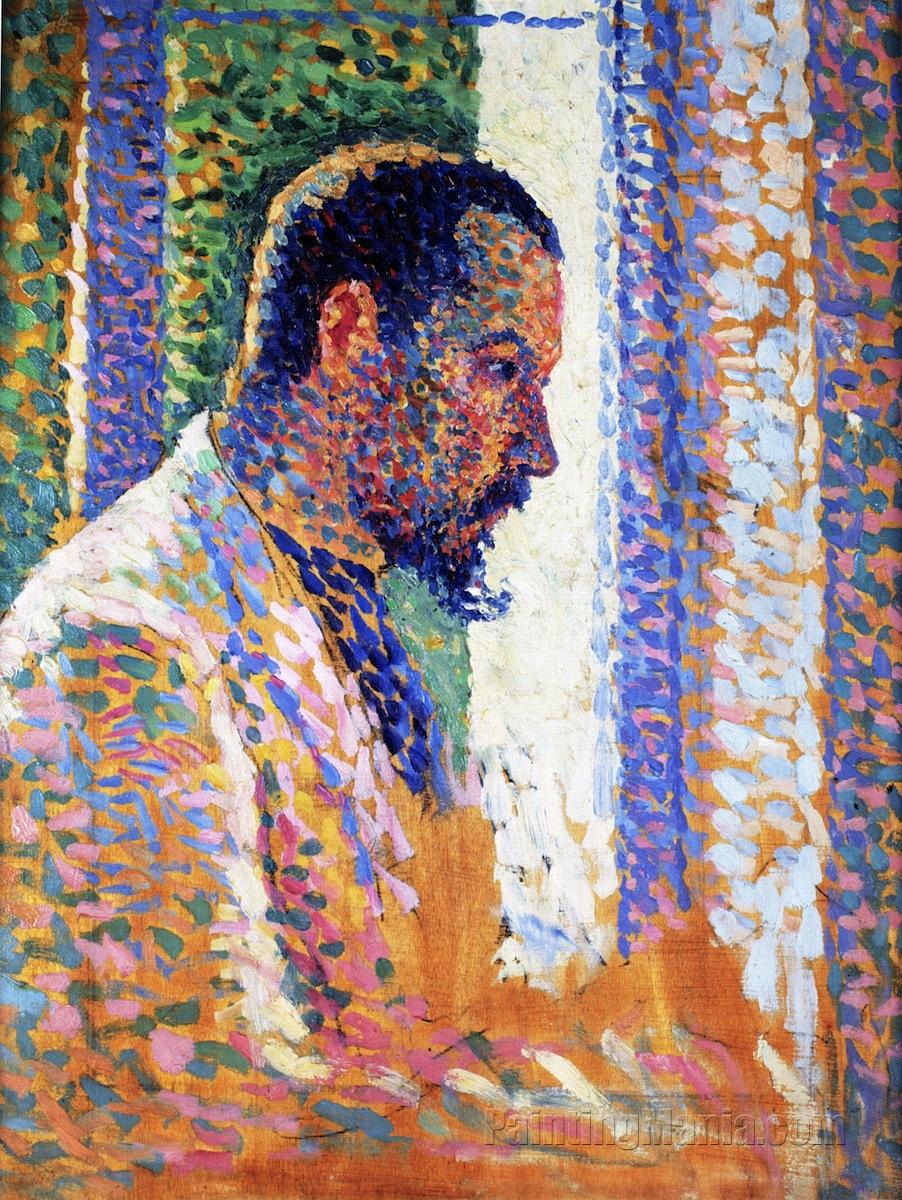Painting – Romanticism.
Revolutionary events in the world changed art in all its manifestations. The time of Romanticism has come (1800-1840). In painting, it was expressed in sweeping brushstrokes, turbulent and dramatic theme and accentuating the artist's personality. Large expressive canvases about current political events were often created (Eugene Delacroix) and dynamic landscapes (like Turner). It is in Romanticism that the germ of future Expressionism lies.
Romanticism (from French roman – associated with knightly poetry, the name itself refers to the Latin name of Rome – Roma) – this name has been used to describe an epoch in the history of European art for years 90. 18th century to 40. XIX century.
It is understood as an ideological current, literary and artistic, which developed primarily in Western Europe and manifested itself mainly in poetry, painting and music. Romanticism did not cover all areas of visual arts and did not create a uniform style, therefore it does not constitute an epoch in all fields of art.
Characteristic.
The most characteristic features and phenomena, associated with Romanticism and Romantic works:
submission of feeling, intuition and faith over reason; opposition to Enlightenment rationalism,
protest against classicism and harmony,
protest against the feudal shape of the state
individualism,
rebellion against canons and conventions,
secrecy, fantastic; an apology of Imagination as the creative power of man and the only true reality
love of freedom (national liberation struggle),
fascination with the vitality of nature,
historicism (above all, a renaissance of interest in Gothicism and Neo-Gothicism); “the darkness of the Middle Ages” they were a reaction to Enlightenment rationalism and love of order
orientalizm (interest in distant lands. Far East),
folk (references to legends are frequent, passes, ancient myths and fairy tales), folkism,
mysticism (represented especially by artists such as: William Blake or Juliusz Słowacki),
messianism (in Poland represented by the so-called. Andrzej Towiański's Circle of God's Cause),
Byronism (a term taken from the name of the English representative of Romanticism, George Gordon Byron),
valueryzm (a term taken from the name of the main character in Johann Wolfgang Goethe's epistolary novel The Sorrows of Young Werther),
prometeizm, Wallenrodism.
The driving force of romanticism is the longing for a paradise world, sought after outside the boring everyday life, feeling hopeless, specific alienation from the crowd “gray bread eaters”, striving for fulfillment, and even burn themselves in search of the ideal, mostly perfect love.
The following phases of Romanticism were distinguished:
early romanticism (about 1789-1804),
full romance (about 1804-1815),
late romanticism (about 1815-1848).
Painting.
The painting of the Romantic period is not uniform. However, some features of the painting of this era can be distinguished on the basis of the leading ones, the main and most significant artists of this trend, such as rich color, contrast chiaroscuro, soft modeling, emphasizing the textural values of the canvas and making the composition more dynamic. At the same time, some artists remained faithful to the ideals of classicism and realism.
They are considered the precursors of Romanticism: Johanna Heinricha Fussli (because he used colors and expression close to that era) and Francisco Goya. For the artist, who best expresses romantic ideas is considered to be the German landscape painter Caspar David Friedrich, characterized by nocturnes, depictions of ruins, cemeteries, shattered ships, dawns and sunsets. Four other landscape painters also work in England at this time: Samuel Palmer, Richard Parkes Bonington, John Constable i William Turner, in France, while Théodore Géricault and Eugene Delacroix, the Nazarenes were active in Germany during this period: Friedrich Johann Overbeck, Franz Pforr, Peter von Cornelius, Julius Schnorr von Carolsfeld. The most outstanding Polish Romantic painter was undoubtedly Piotr Michałowski, which in addition to excellent portraits, he created battle scenes and images of horses. It is also worth mentioning Walenty Wańkowicz and his famous painting Mickiewicz on the Judah Rock.
Barbizonians, “School of Barbizon” – group of French painters in the years 1830 – 1860, who “they left for the countryside” in search of painting subjects – mainly for landscapes.
In many respects it can be said, that the Barbizonians represented a kind of pictorial Romanticism. They incline to this thesis: passion for the local landscape, sentimental approach to the subject or free brushstrokes reflecting the painter's emotions. The ideological background of the movement is also significant, no doubt romantic. A group of painters, under the leadership of Theodore Rousseau (1812 – 1867), escaped from the expansive city to the countryside, to avoid the dehumanization inherent in civilization. They chose the village of Barbizon near Fontainebleau as their place of retreat, where they could freely seek inspiration in nature during walks in the local forests. Most of the Barbizon people moved to the village in the years 40. XIX century.
The landscape painters of Barbizon use a calm palette of earthy colors, and by patiently applying colorful patches and streaks, they obtain the effect of flickering light between the branches of trees. They draw from nature, later fine-tuning the canvas in the studio. Canvases are usually small (up to a meter wide).
It is difficult to talk about the clear individuality of individual artists. Some painters preferred a clean landscape, others chose to portray animals, np. cows or forest animals. Others turn to naturalism, depicting scenes from the life of local peasants.
In addition to Theodore Rousseau, the following artists painted in Barbizon: Antoine Louis Barye (1796 – 1875), Narcisse Diaz de la Pena (1807 – 1876), Constant Troyon (1810 – 1865). Better known for other aspects of their work, albeit associated with the Barbizonians, there were also the realists Jean-Francois Millet and Gustave Courbet.
Nowadays it is difficult to look at the gentle landscapes of the Barbizon people otherwise than equally “Normal” paintings by John Constable – more like a craft, than for art. However, this is only due to our habits and the notion hanging over us “kitsch”, which makes everyone rate it low “landscapes”. Living in a small French village, however, the painters are worth remembering for at least two reasons.
Firstly, because they were nevertheless characterized by considerable innovation, and some of Rousseau's paintings can be confidently called impressionistic: 30 years before it was officially launched. The Barbizonians also naturally set a fairly high technical standard for the landscape, which only many years later was supplanted by mass painting “postcards”.
Secondly, ideological basis, which was behind their escape from civilization, is not insignificant when evaluating this movement. To this day, many trends in painting are explained not by their aesthetics, but the underlying ideology. Op art would be barely a minute of mathematical calculations, if not for the aesthetic concepts behind it. Specialist works would be sheer folly, if not for Lucio Fontana's manifesto. So are the Barbizonians, in the gentlest way possible, they appear to us today as a group of calm painters, who do not want to take part in romantic fights to the death and ideological crossbreeding between academics and pre-Raphaelites. They preferred to show the natural beauty of the forest in peace, which does not require technical fireworks.
